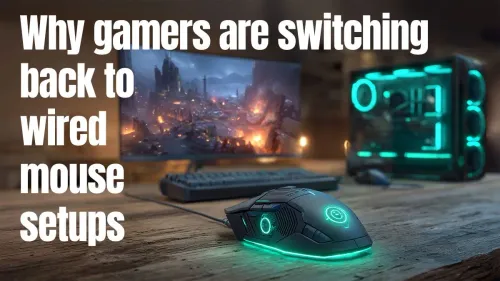
Professional Gamers Favourite Wired Mice
Gamers are switching back to wired mice for superior performance, lower latency, and reliability 💻🖱️. | Evetech Gaming Tech Blog
Optical vs mechanical mouse switches — explore performance, durability, and feel, and see why Razer Gen-3 optical switches lead competitive gaming and productivity 🖱️⚡
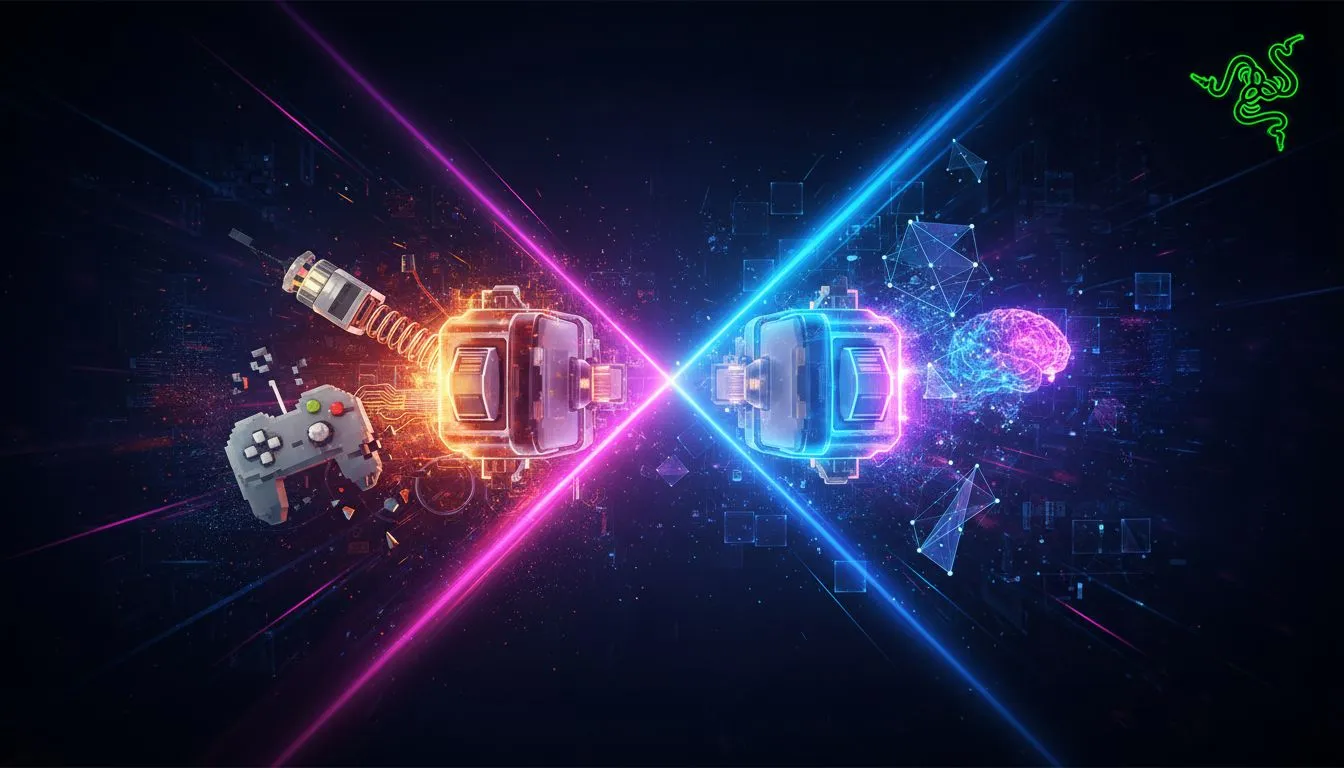
You’ve been there. A tense 1v1 in Valorant, your crosshair is perfectly placed... you click, but the shot never registers. Or worse, it double-clicks, spraying bullets into the wall. Frustrating, right? That split-second failure might not be your connection or your skill—it could be the tiny switches inside your mouse. For years, the debate has raged: optical vs mechanical mouse switches. Let's settle it and see why the latest tech, like Razer's Gen-3, is a must-have for serious South African gamers.


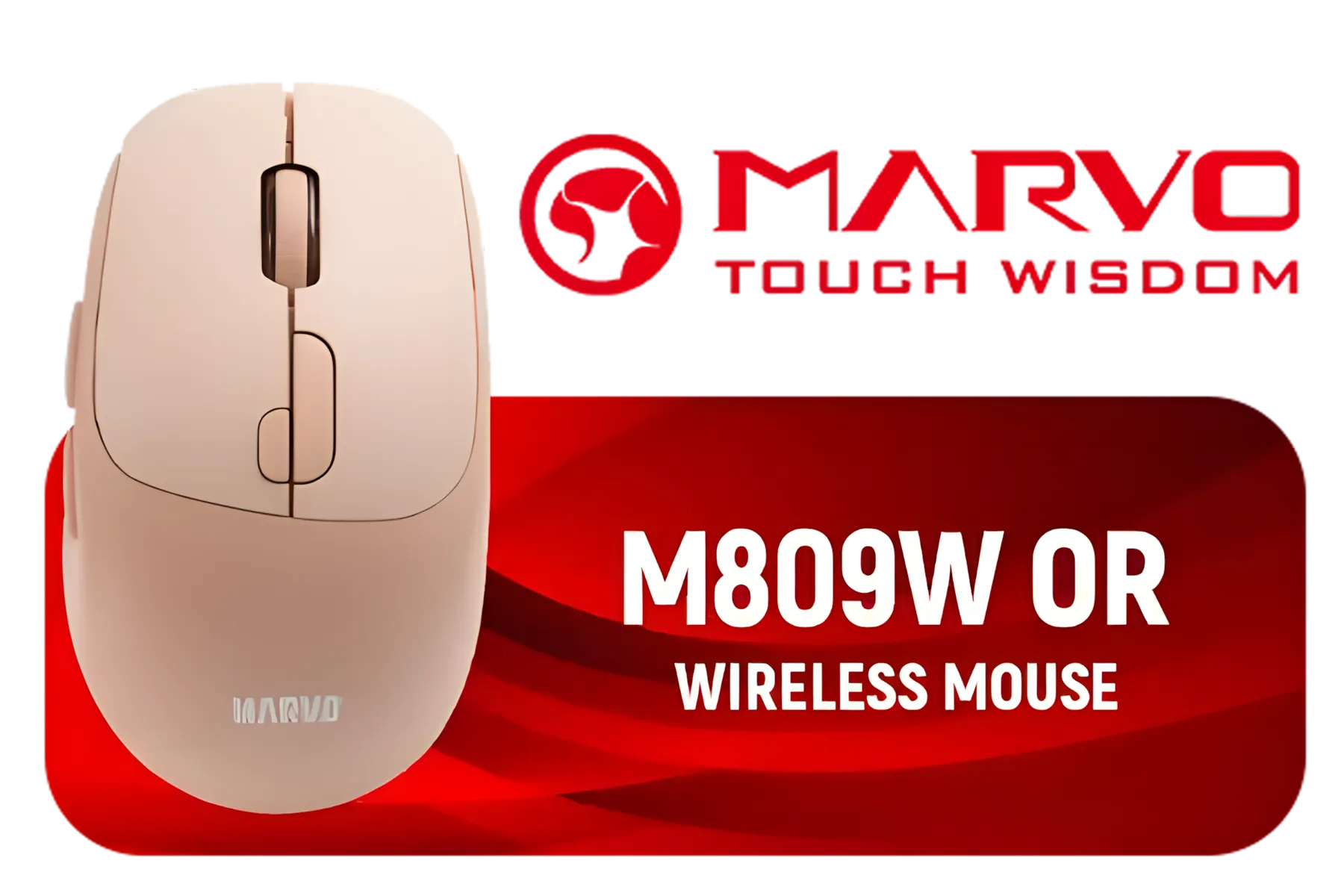

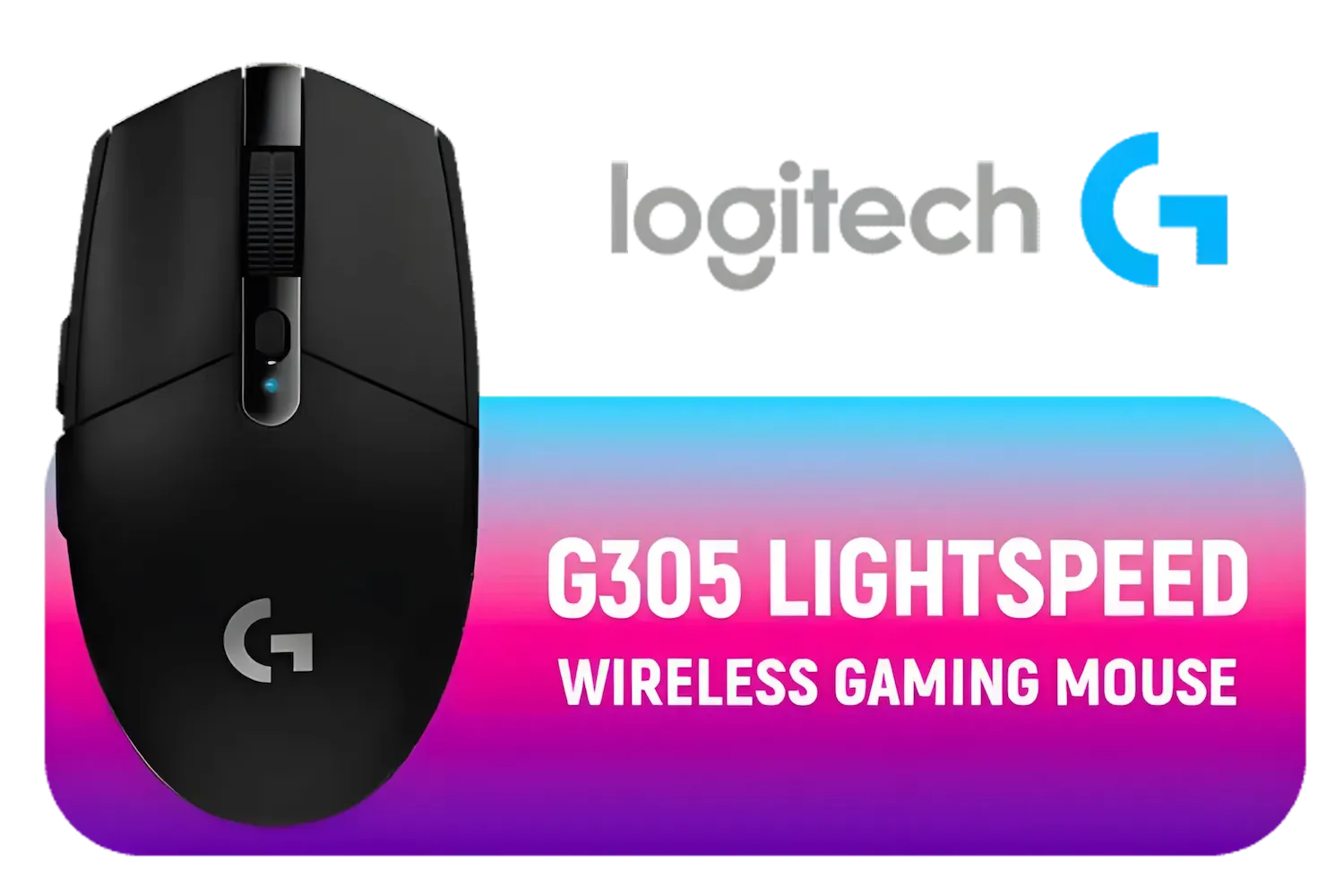

For decades, mechanical switches have been the standard. Think of them like a tiny, spring-loaded metal clicker. When you press the mouse button, two metal contacts touch, completing a circuit and sending the signal to your PC. It’s a simple, effective design that gives that satisfying, tactile "click" we all know.
This traditional approach has served us well, and many excellent gaming mice still use high-quality mechanical switches. They offer a great feel and are generally reliable for casual play. However, their physical nature is also their biggest weakness. Over millions of clicks, the metal contacts can degrade, leading to issues like double-clicking or missed inputs. They also require a "debounce delay"—a minuscule pause programmed into the mouse to prevent a single physical bounce from registering as multiple clicks. In a competitive match, even milliseconds matter.
Optical mouse switches ditch the physical metal contact entirely. Instead of two pieces of metal touching, they use a beam of infrared light. When you click, a shutter blocks or unblocks this light beam, and a sensor instantly detects the change, firing the signal.
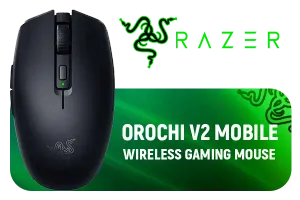





The benefits are immediate and significant:
Many top brands are embracing this technology. While Razer leads the pack, you can find excellent switch technology in many Logitech Gaming Mice as well, each with its own unique feel and design philosophy.
Your lightning-fast optical switch is only part of the equation. To truly benefit from its speed, ensure your PC and monitor are up to the task. A high refresh rate monitor (144Hz or higher) and a stable, high FPS in-game will ensure you see the action as fast as your mouse can react to it.
When comparing optical vs mechanical mouse switches for pure performance, the optical design is already ahead. But Razer took it a step further with their 3rd generation technology. They've refined the design to provide an improved, crisp tactile feel that many gamers felt was missing from earlier optical models. It’s the best of both worlds: the speed and durability of light, with the satisfying feedback of a mechanical click.
This technology isn't just for the pros with unlimited budgets. While you'll find it in their top-tier mice, the principles of durability and reliability are important for everyone. Even a more budget-friendly Marvo Gaming Mouse is built to give you an edge over a standard office peripheral.

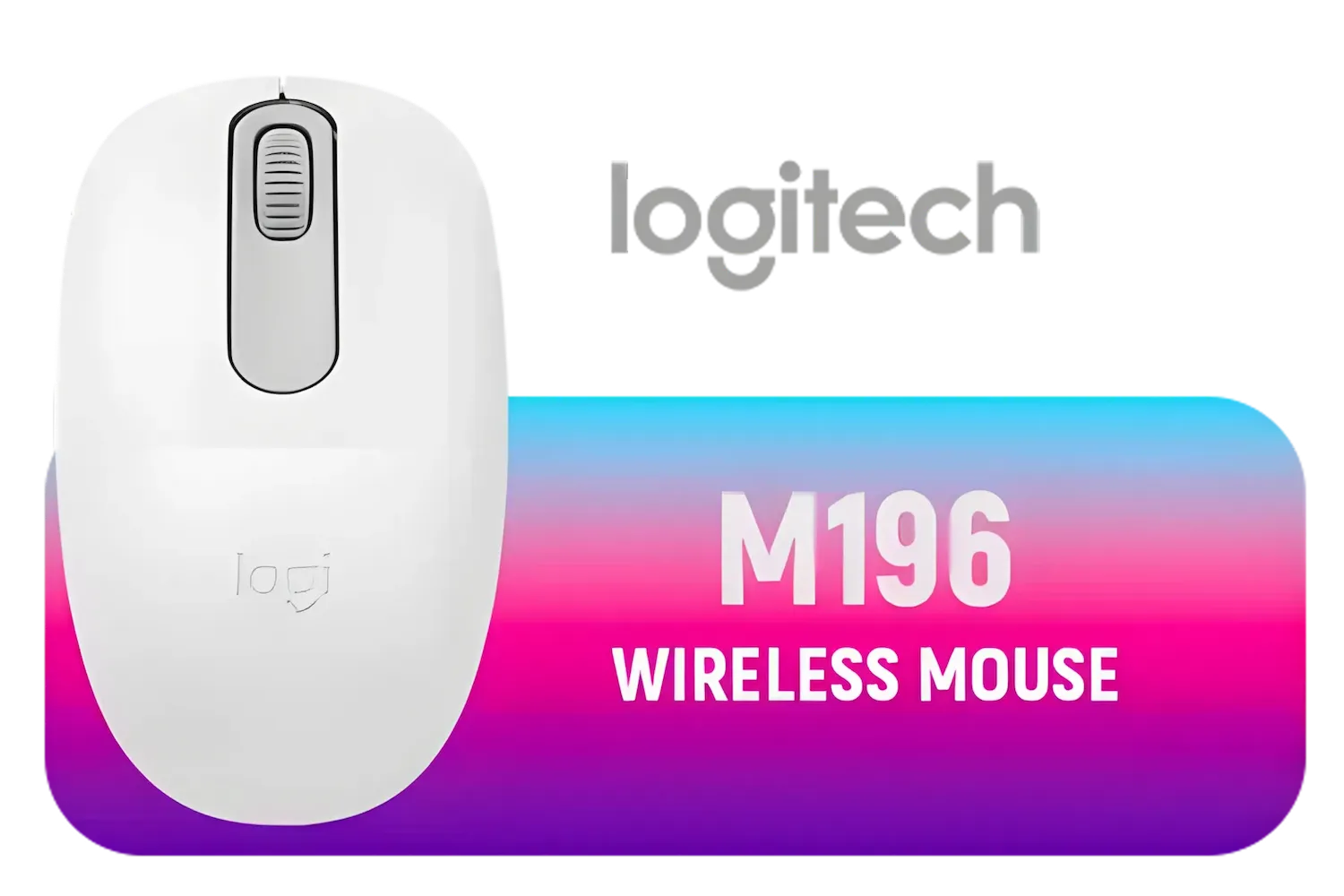

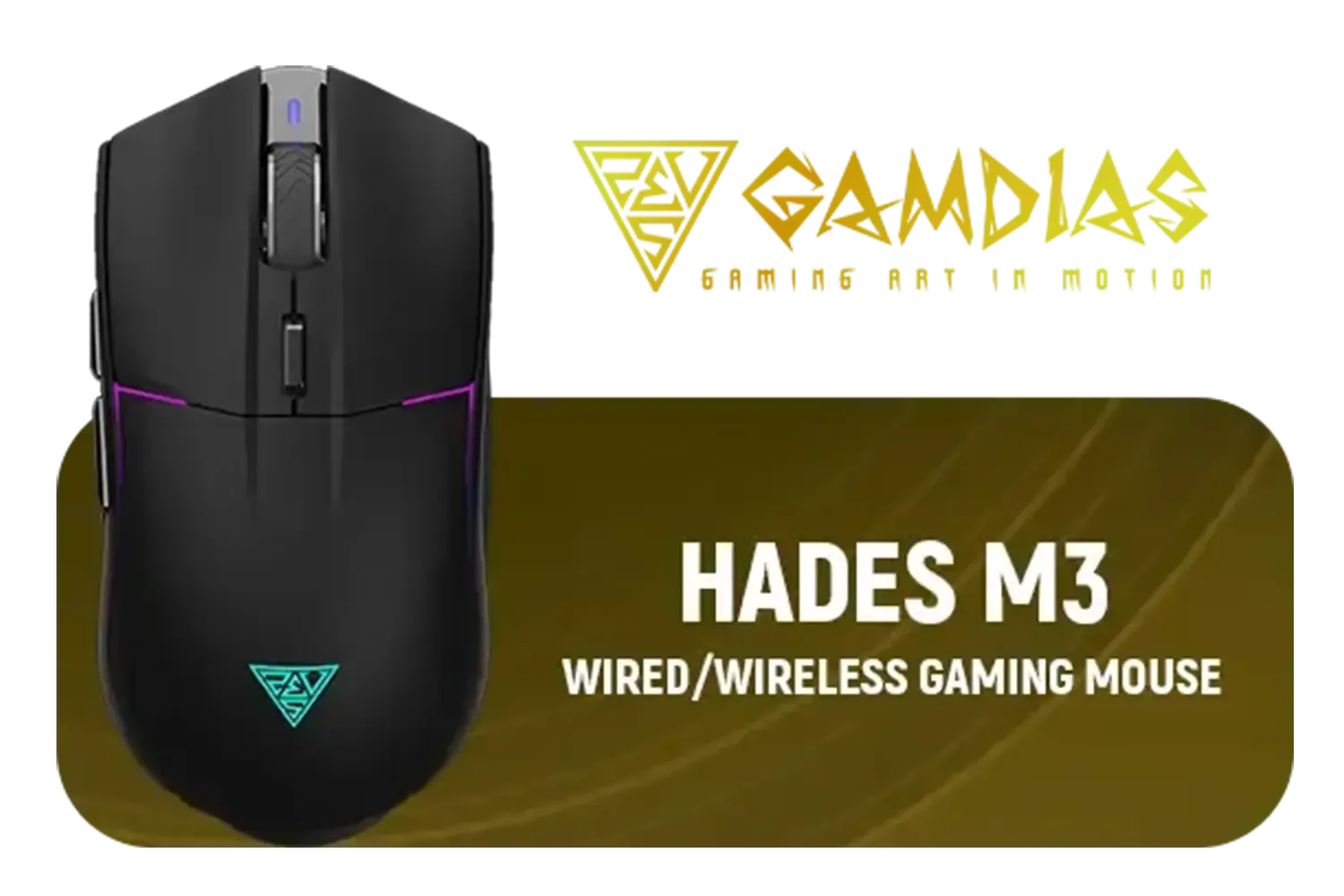


The choice ultimately comes down to your priorities. Are you a highly competitive gamer playing FPS or MOBA titles where every millisecond is the difference between winning and losing? If so, the argument for optical switches, particularly Razer's Gen-3 optical switches, is undeniable. The speed, precision, and insane durability make them a long-term investment in your performance.
If you're a more casual gamer or primarily use your PC for work, a traditional HP Mouse or a mechanical gaming mouse will still serve you well. The key is finding a mouse that feels comfortable and has the features you need, like a sensor in the 4000 – 12000 DPI range, which is the sweet spot for most gamers. But for those chasing peak performance, the light-speed future is here.
Ready to Feel the Difference? That split-second advantage is waiting. The debate over optical vs mechanical mouse switches is decided by speed and durability. Explore our massive range of gaming mice and find the perfect switch to conquer your game.
Optical switches use light-based actuation for faster response and less debounce, while mechanical switches use metal contacts for tactile feel and variety.
Optical switches trigger via light interruption, reducing debounce and latency—see actuation speed optical switches for details.
Many pros prefer Razer Gen-3 optical switches for consistent actuation and lower latency, giving an edge in fast-paced esports.
Optical switches often have higher rated lifespans because they avoid metal contact wear—compare mechanical mouse switch lifespan for numbers.
Razer Gen-3 uses optical actuation with refined housing for consistency, while Omron are traditional mechanical contacts with tactile variance.
Yes—optical switches can feel crisper and more consistent; tactile feedback depends on housing and spring, not just actuation tech.
For gaming and rapid clicks, optical (like Razer Gen-3) offers speed and durability; mechanical may suit users who prefer tactile variety.